24 Aug Guiob Church Ruins: A Striking Memorabilia Of The Past
“Ruins are the cathedrals of Time.” says book author Marty Rubin. What we have known today as archeological ruins have once upon a time been a part of the world that is not known in today’s modern times. They tell us innumerable stories that are underneath time’s mystical representation of society.
In the beautiful island-province of Camiguin, there lies a ruin which has been left by its generation yet was preserved for the appreciation of those who want to marvel at the unique and breathtaking story of its history, the ruins of Guiob Church.
It is located at Barangay Bonbon, Catarman, Camiguin and has been standing there since the 16th-century Spanish colonial era. The old name of the town at which the original Guiob church once stood was then called Cotta Bato and served as the capital of Camiguin at that time. It was only on May 13, 1871, that the houses in the town, together with the large of the church, were destroyed by an enormous volcanic explosion brought by Mt. Vulcan.
Today, what remains are the sturdy walls and columns of the church that has become one of the most popular tourist spots in Camiguin. It is now considered one of the most treasured ruins on the island because of its architecture made out of coral stones.
How to get there?
In Cagayan de Oro City at Agora Terminal, you could take either take a ride bus, for about P150 approximately, or van going to the municipality of Balingoan Bus Terminal in Misamis Oriental and arrive there in about two and a half to three hours.
From Balingoan Bus Terminal, you can just walk to arrive at Balingoan Port where a ferry bound to Benoni Port in Camiguin is available for boarding for only P130 to P170. You can arrive at the port in one and a half to two hours travel time.
At Benoni Port, vans, jeeps, and multi-cabs can be seen around the area and can be taken for a ride towards the town proper of Mambajao for at least P30 and about one hour of travel.
You can now continue taking a ride to arrive at the ruins for about 30 minutes from the center of Mambajao town and see its magnificent view.
While at the ruins…
As a historical site, the ruins of Guiob Church is undeniably a suitable spot for taking selfies and groufies if you are traveling with friends and your family. There are trees around the place so there is an opportunity to have a picnic or a short and even long strolls and runs through the standing posts and ruins of the church.
A newer chapel was built within the walled ruins where locals are usually seen to do their prayers. Thus, aside from the refreshing and solemn view of the site, it also offers an outlet to pray and reconnect yourself to the Almighty.
The ruins of Guiob Church is indeed a representation to how Filipinos strove hard in going through the drawbacks of being at a moment in time where a superior foreign power ruled over their native land. Yet, looking back at our past is also a one way of accepting who we are as a nation and as a country.
Sources:

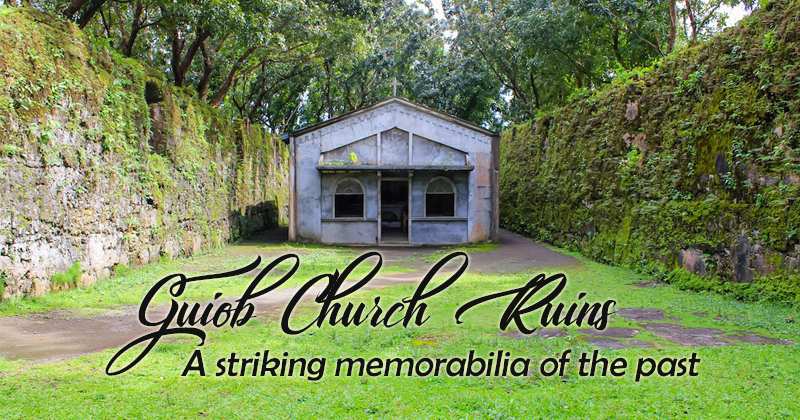
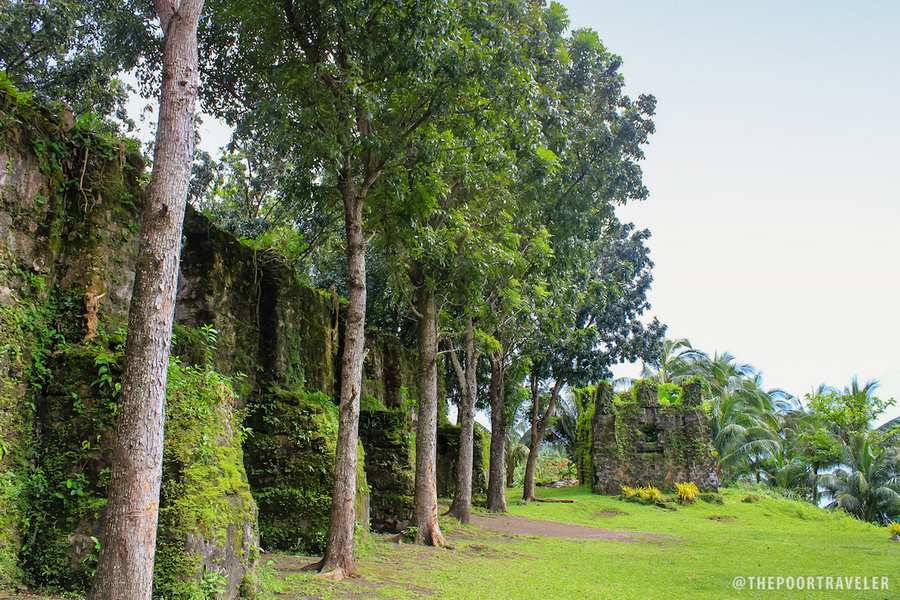
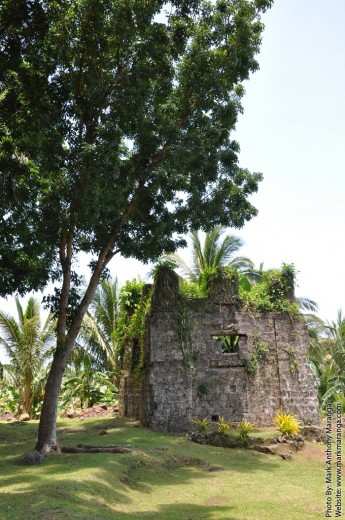
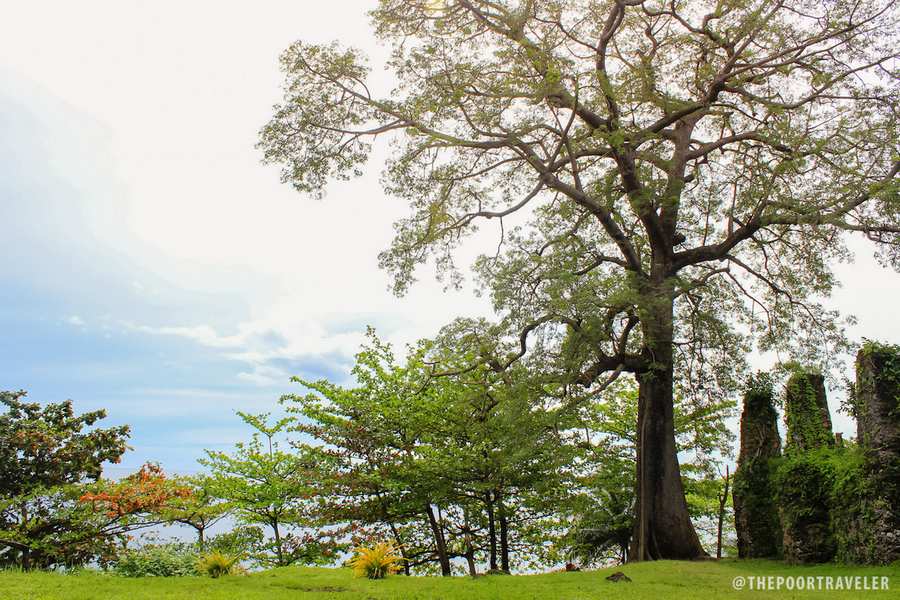
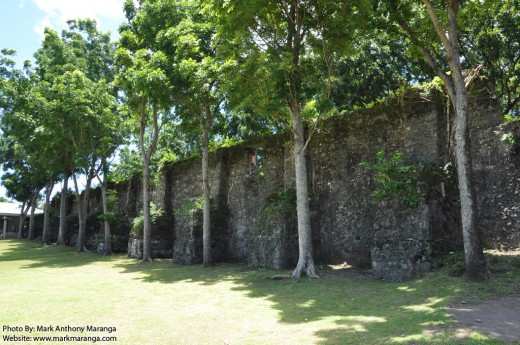

No Comments